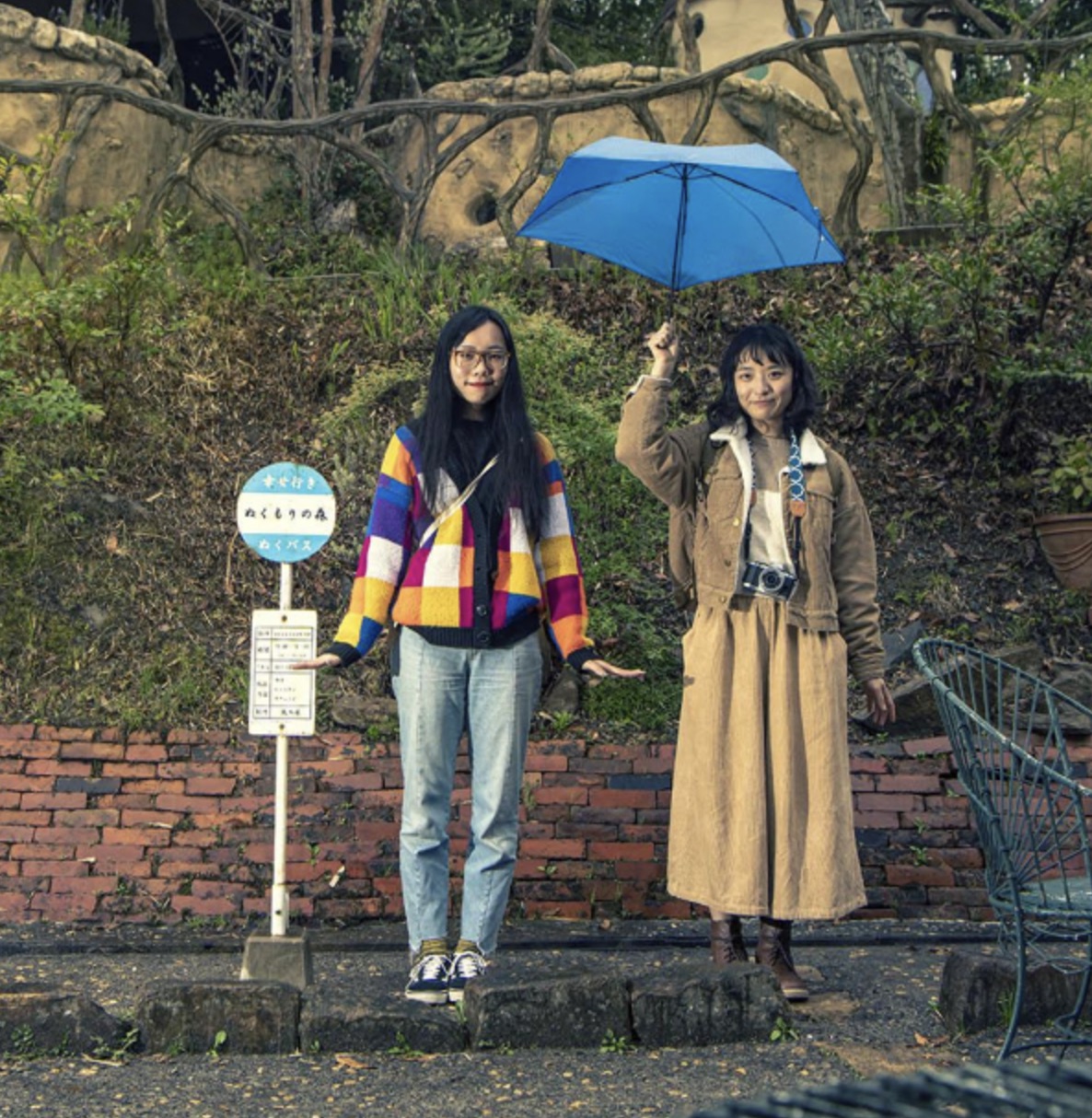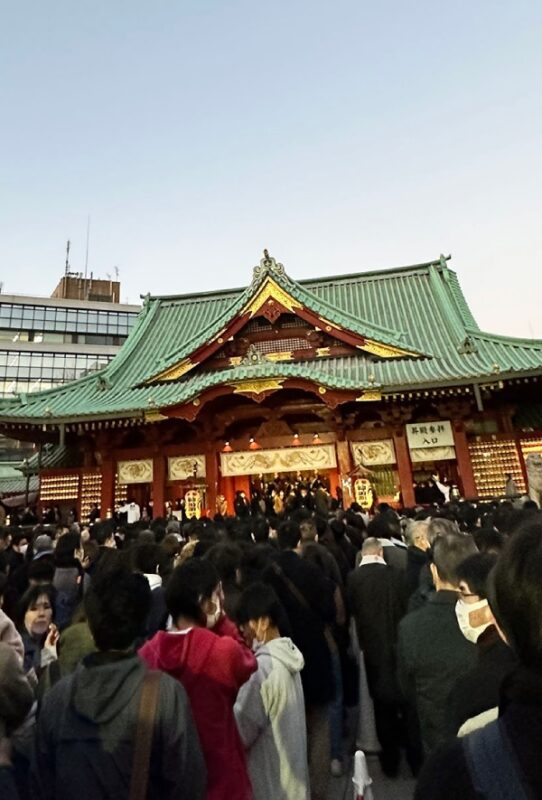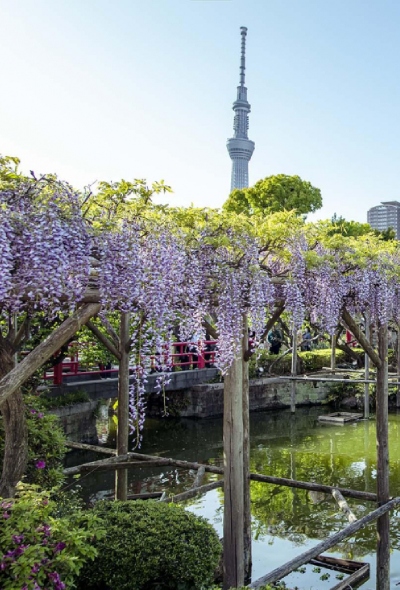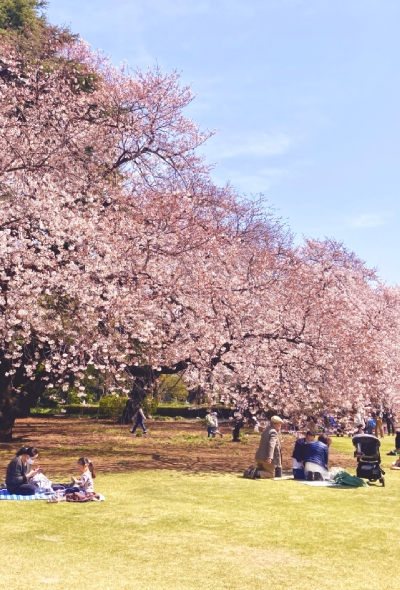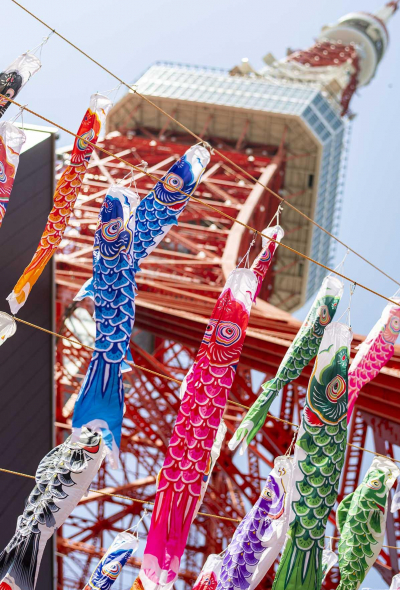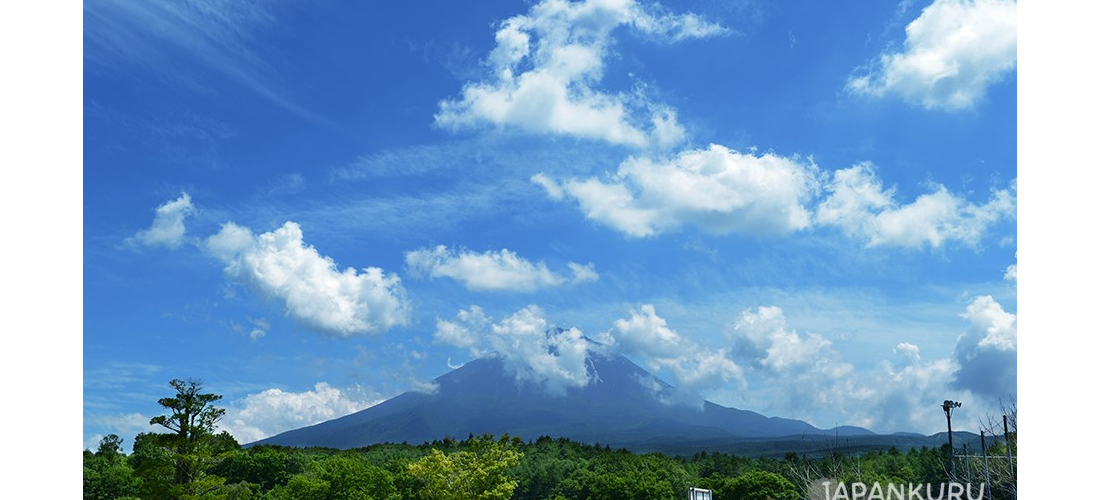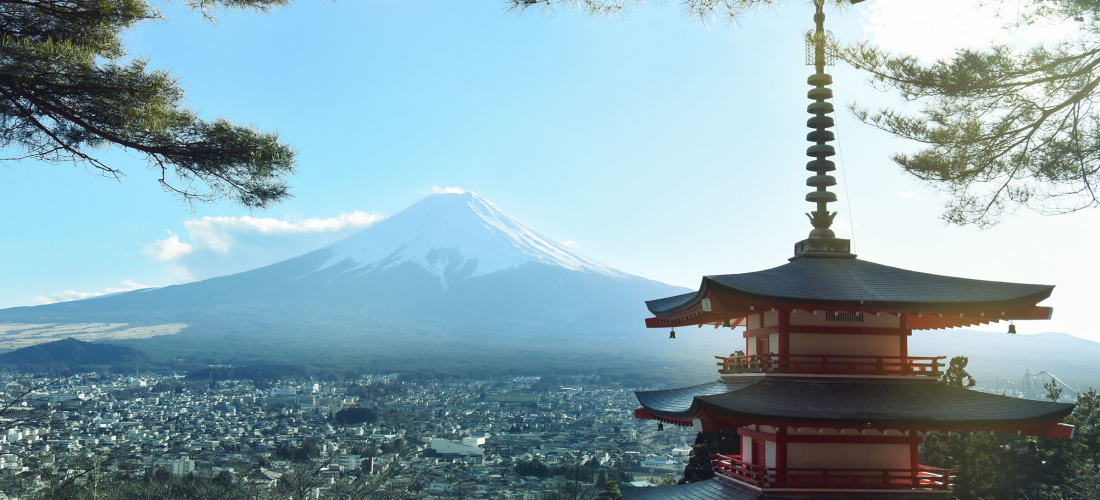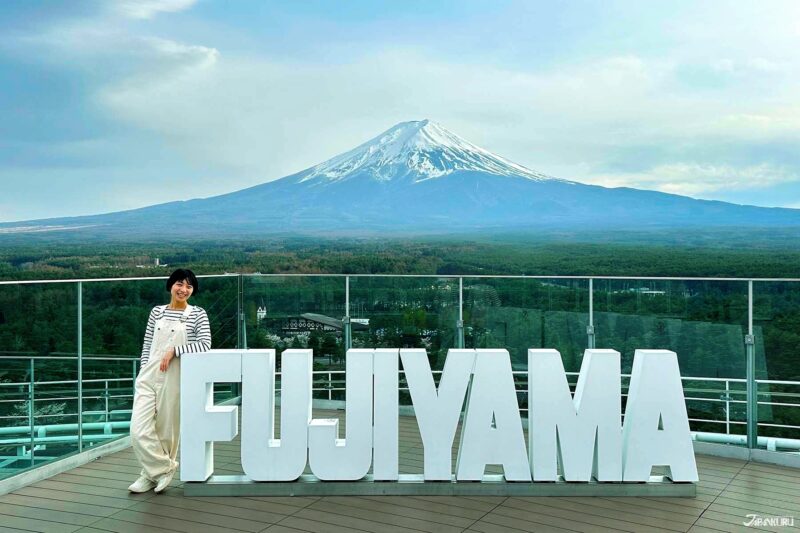
Mt. Fuji welcomes hundreds of thousands of hikers during the official season from July to early September each year, but in 2025, visitors hoping to climb to the top of this UNESCO World Cultural Heritage site will have to pay more than ever to even start their trek. Starting this summer, hikers on Mt. Fuji’s most frequented trail will face an increased fee of 4,000 yen, as the Yamanashi prefectural government doubles down on their efforts to address issues of overcrowding. (Literally.)
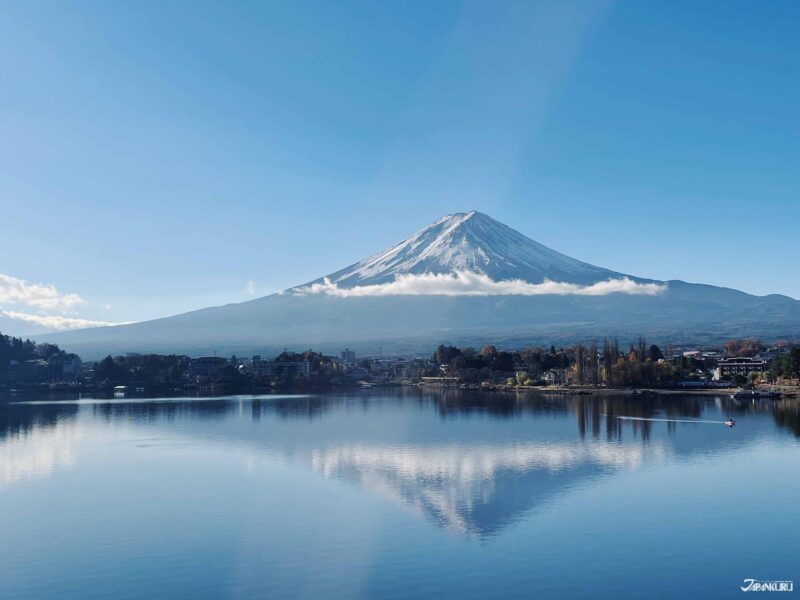
Split between two prefectures, Yamanashi and Shizuoka, there are two local governments that control the trails along the slopes of Mt. Fuji. In 2024, Yamanashi Prefecture began to control the entrance to Mt. Fuji’s popular Yoshida Trail for the first time ever, capping climbers to a daily limit of 4,000 people, and implementing a 2,000 yen entrance fee. Up until this point, hikers had free entrance to Japan’s biggest mountain, but the new gate established at the trail’s 5th station was set up to address concerns about overcrowding and general climber safety, taking the extra step to limit access between 4 pm and 3 am, except for climbers with reservations at mountain lodges.
According to a report from the NHK, hikers in 2025 will find additional restrictions in place. Not only is the 2,000 yen climbing fee jumping dramatically to 4,000 yen, but the entrance gate will be closed even earlier. Hikers without reservations at a lodge will no longer be able to start their hike after 2 pm, a move made to strongly discourage “bullet climbing” – an attempt to summit Japan’s highest peak overnight without resting. This new plan in Yamanashi Prefecture coincides with new proposals in Shizuoka Prefecture, which oversees another three climbing routes up the side of the mountain. Shizuoka plans to introduce its own 4,000 yen climbing fee, as well as restricting trail access past 2 pm/ restrict trail access after 2 p.m.

These new policies come following years of concerns voiced over the state of Mt. Fuji’s climbing trails. Not only have regular visitors noticed an increase in litter along the paths, but a rising number of unprepared tourists arriving with plans to summit the mountain, as well. The negligent tourist climbing the trails to the 3,776-meter summit in flip flops and a t-shirt has become a stereotype, and unfortunately, there are enough visitors that require help from a rescue team each year that locals have begun to complain that it’s a waste of taxpayer money. Proceeds from the new climbing fees will fund staffing, trail maintenance, and safety initiatives.
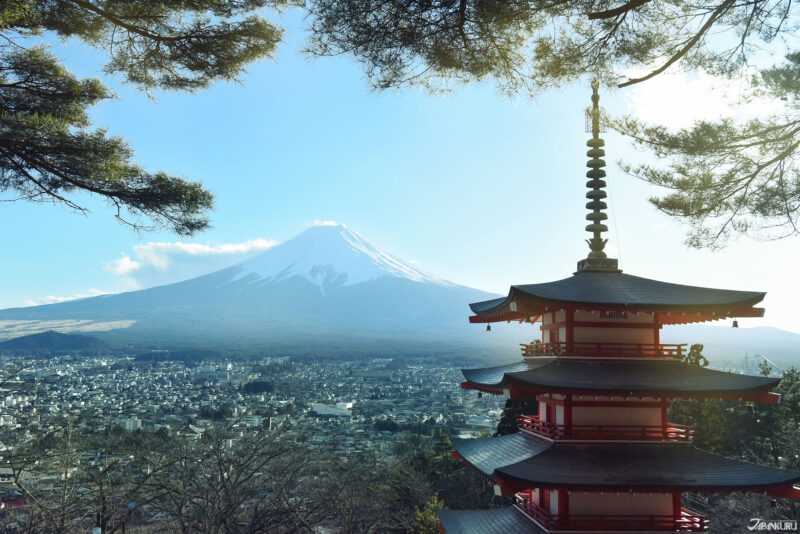
For travelers hoping to explore Japan on a budget, the increased fees and tighter restrictions will make a trip to the top of Mt. Fuji less achievable. For those willing to fork over the cash, however, we can only hope that the new policies will make each hike up Mt. Fuji safer and more picturesque than ever!
For more info and updates from Japan, check Japankuru for new articles, and don’t forget to follow us on X (Twitter), Instagram, and Facebook!
Half a lifetime ago I came to Japan for a semester abroad... and I never left. I guess I really like the place! I spent my first few years in Japan living in the middle of nowhere, so I'd love to hear your Tokyo recommendations via Japan's social media accounts!





 >> Find out more at Japankuru.com! (link in bio)
#
>> Find out more at Japankuru.com! (link in bio)
#





 The Robot Restaurant is gone, but the Samurai Restaurant is here to take its place. Check it out, and don't forget your coupon!
The Robot Restaurant is gone, but the Samurai Restaurant is here to take its place. Check it out, and don't forget your coupon!
 신주쿠의 명소 로봇 레스토랑이 사무라이 레스토랑으로 부활! 절찬 쿠폰 발급중
신주쿠의 명소 로봇 레스토랑이 사무라이 레스토랑으로 부활! 절찬 쿠폰 발급중
 18歲以上才能入場的歌舞秀,和你想的不一樣!拿好優惠券去看看~
#tokyo #shinjuku #samurairestaurant #robotrestaurant #tokyotrip #도쿄여행 #신주쿠 #사무라이레스토랑 #이색체험 #할인이벤트 #歌舞伎町 #東京景點 #武士餐廳 #日本表演 #日本文化體驗 #japankuru #japantrip #japantravel #japanlovers #japan_of_insta
18歲以上才能入場的歌舞秀,和你想的不一樣!拿好優惠券去看看~
#tokyo #shinjuku #samurairestaurant #robotrestaurant #tokyotrip #도쿄여행 #신주쿠 #사무라이레스토랑 #이색체험 #할인이벤트 #歌舞伎町 #東京景點 #武士餐廳 #日本表演 #日本文化體驗 #japankuru #japantrip #japantravel #japanlovers #japan_of_insta
 코지마 x 빅 카메라 쿠폰으로 일본 가전 제품 쇼핑하기
#pr #japankuru #japanshopping #kojima #biccamera #japaneseskincare #yaman #dji #osmopocket3 #skincaredevice #日本購物 #美容儀 #相機 #雅萌 #日本家電 #일본여행 #면세 #여행꿀팁 #일본쇼핑리스트 #쿠폰 #일본쇼핑 #일본브랜드 #할인 #코지마 #빅카메라 #japankurucoupon
코지마 x 빅 카메라 쿠폰으로 일본 가전 제품 쇼핑하기
#pr #japankuru #japanshopping #kojima #biccamera #japaneseskincare #yaman #dji #osmopocket3 #skincaredevice #日本購物 #美容儀 #相機 #雅萌 #日本家電 #일본여행 #면세 #여행꿀팁 #일본쇼핑리스트 #쿠폰 #일본쇼핑 #일본브랜드 #할인 #코지마 #빅카메라 #japankurucoupon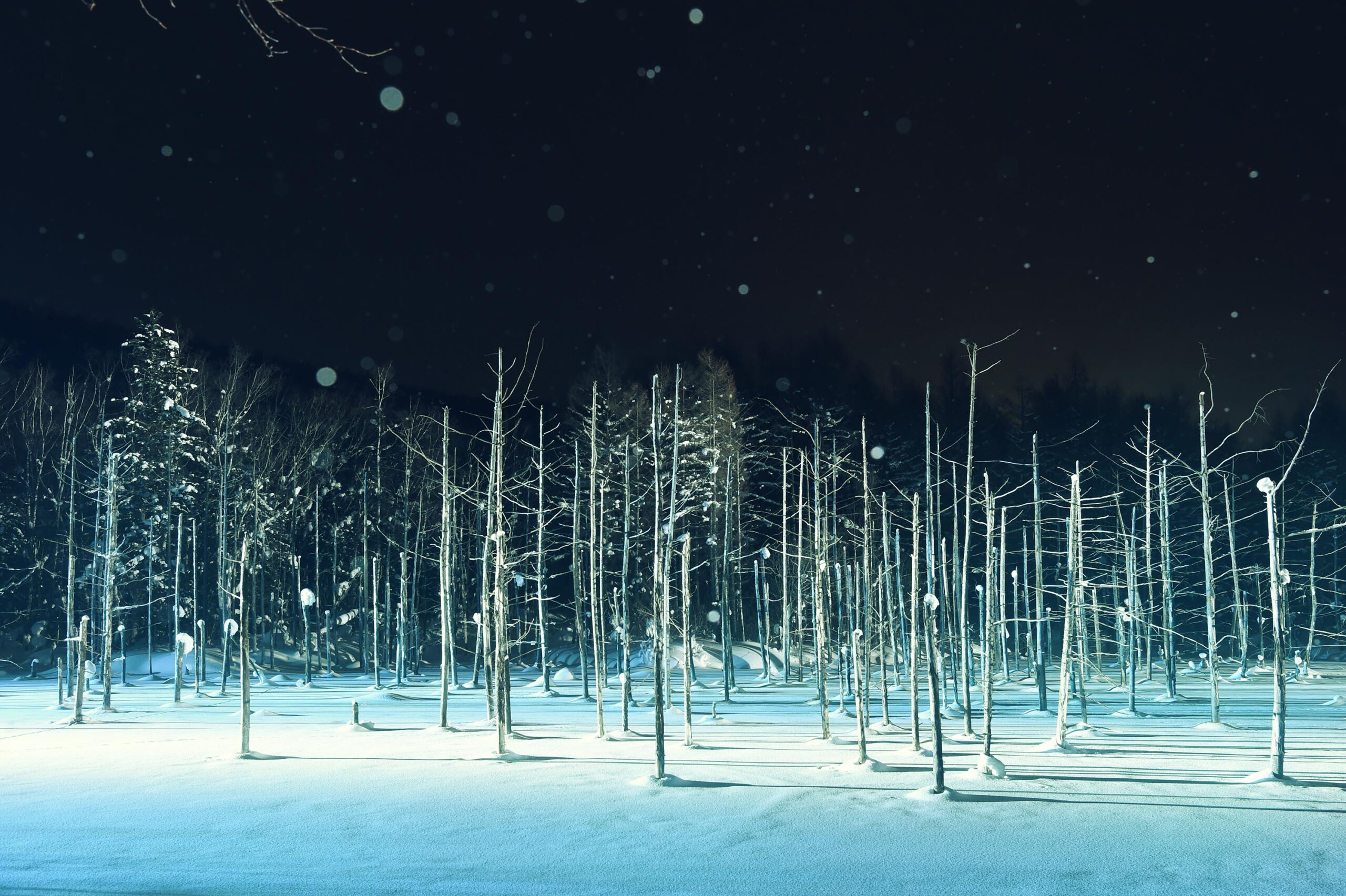
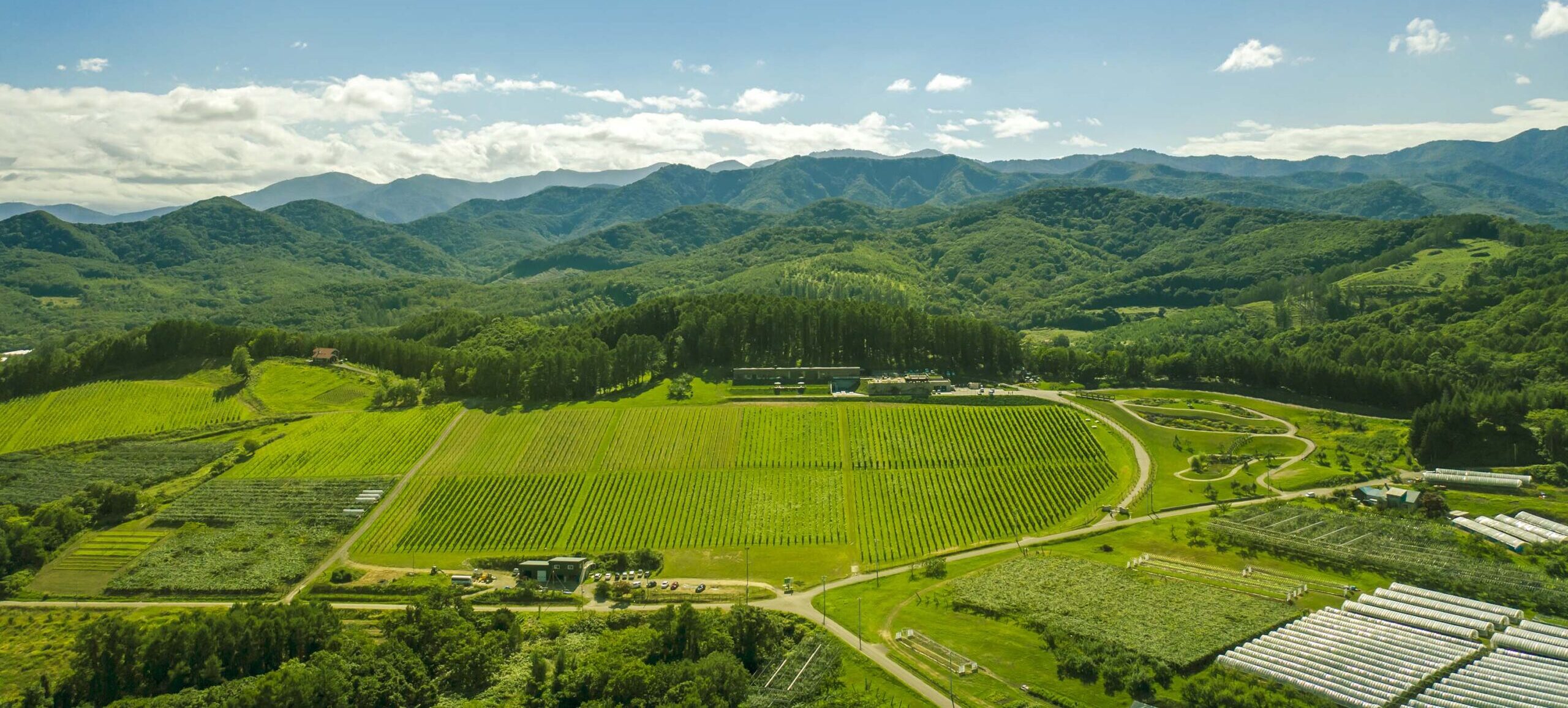
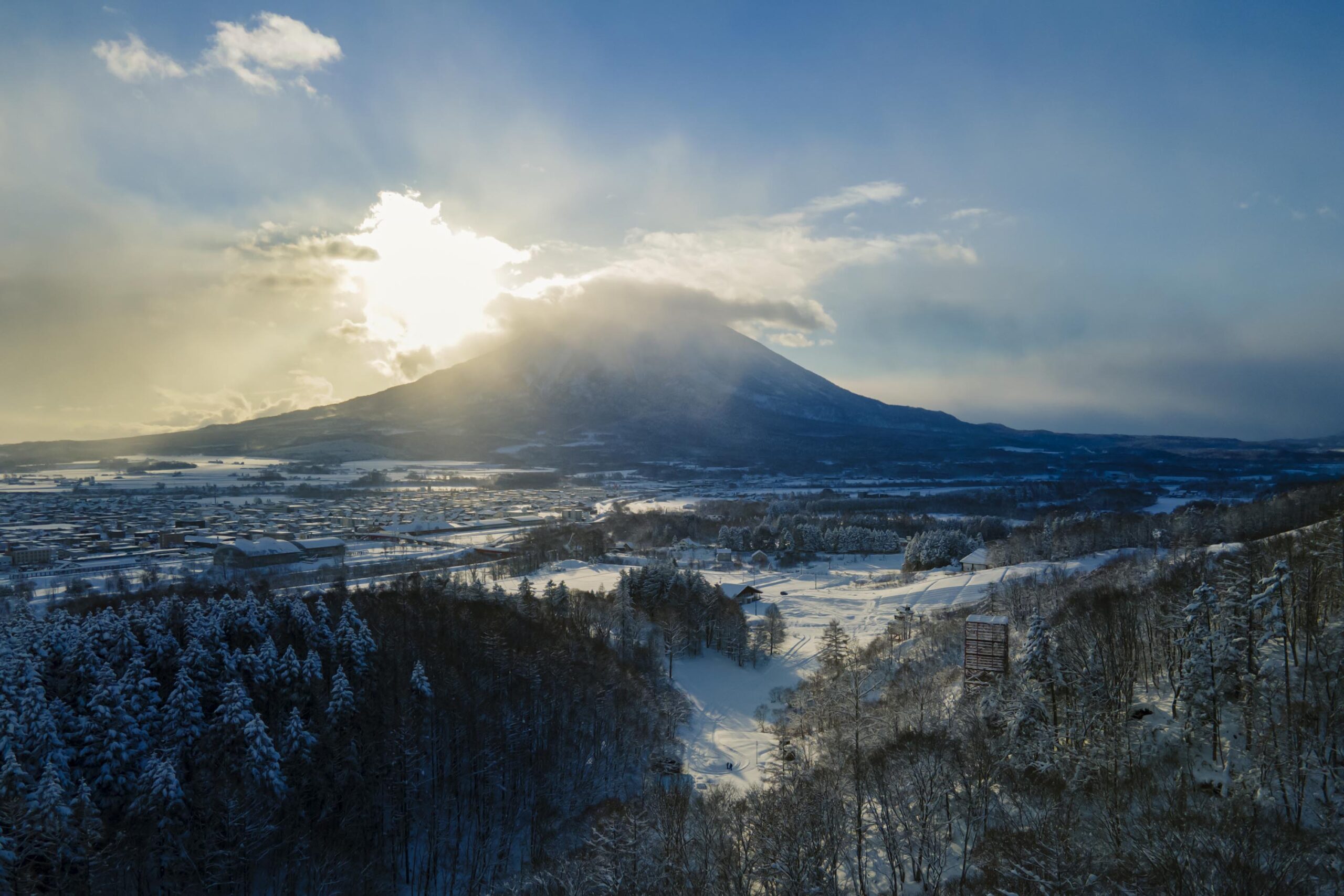
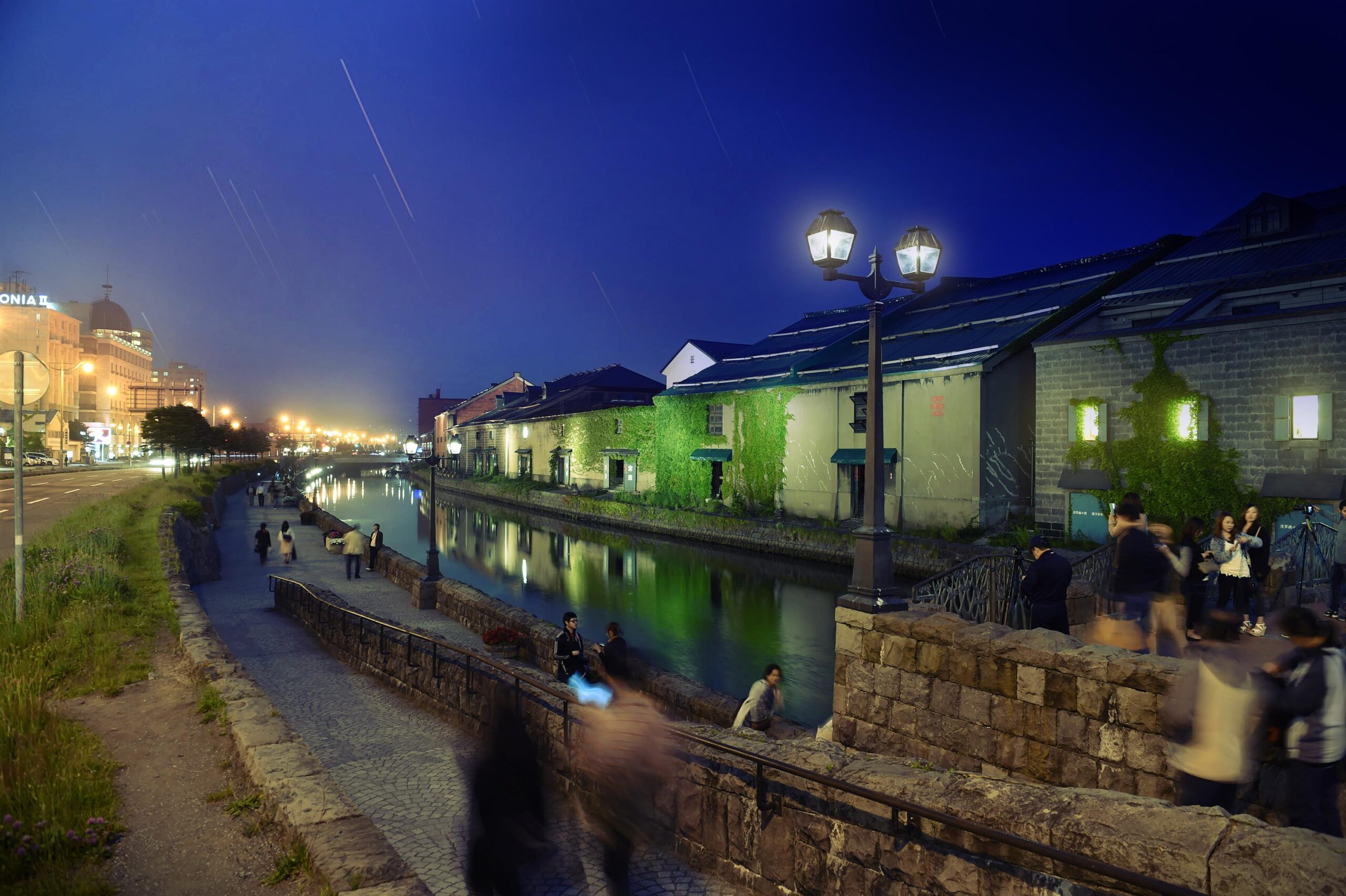

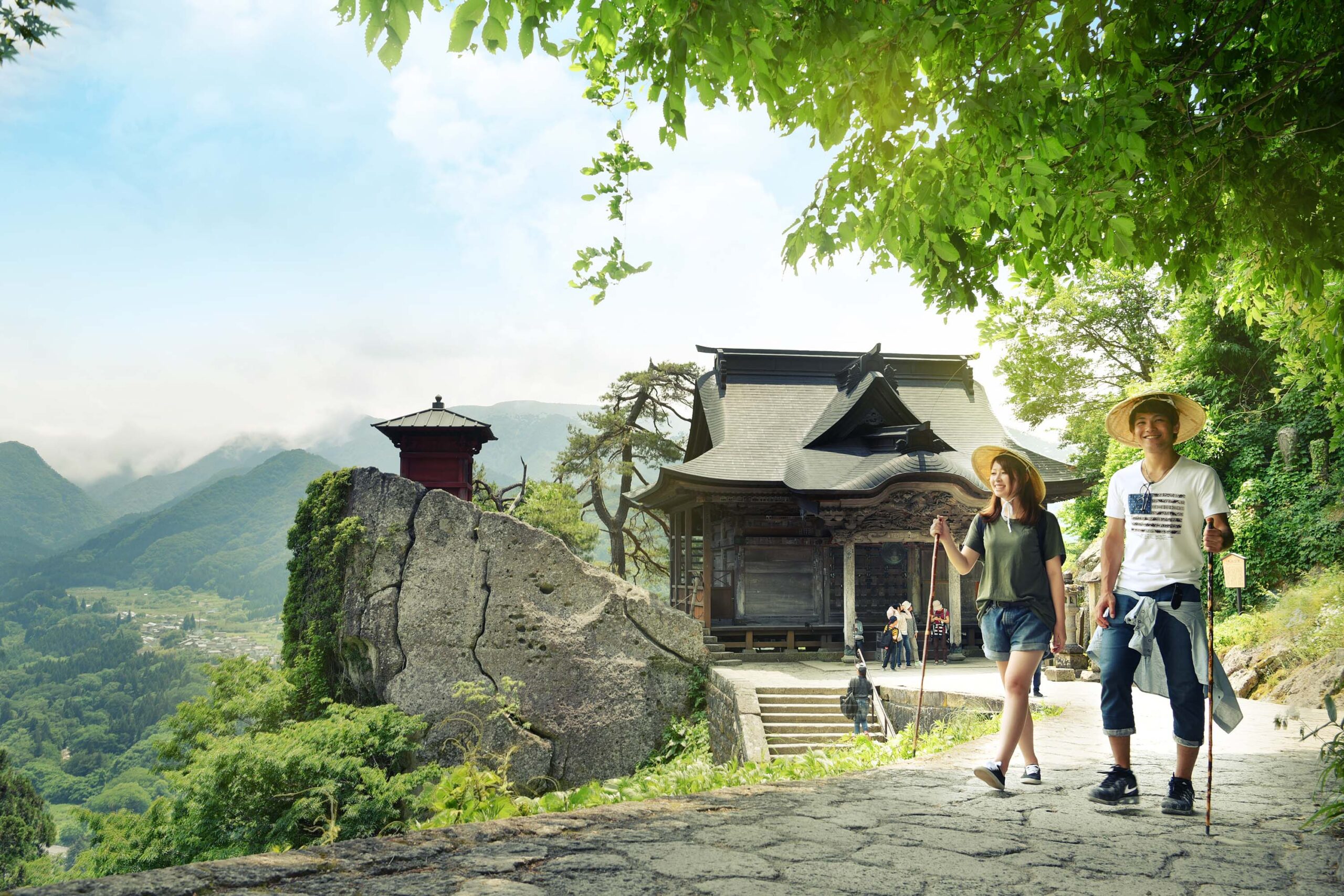
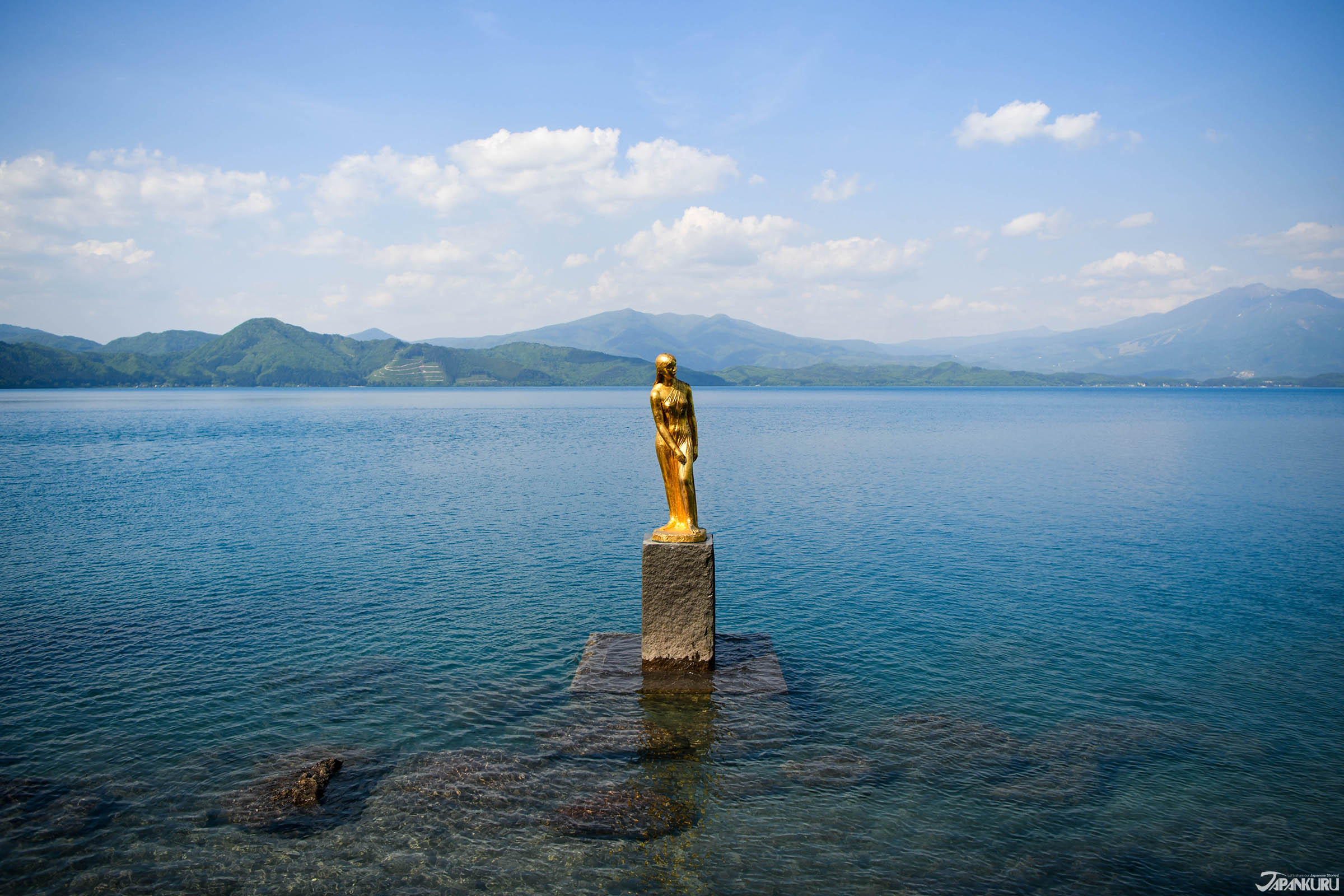

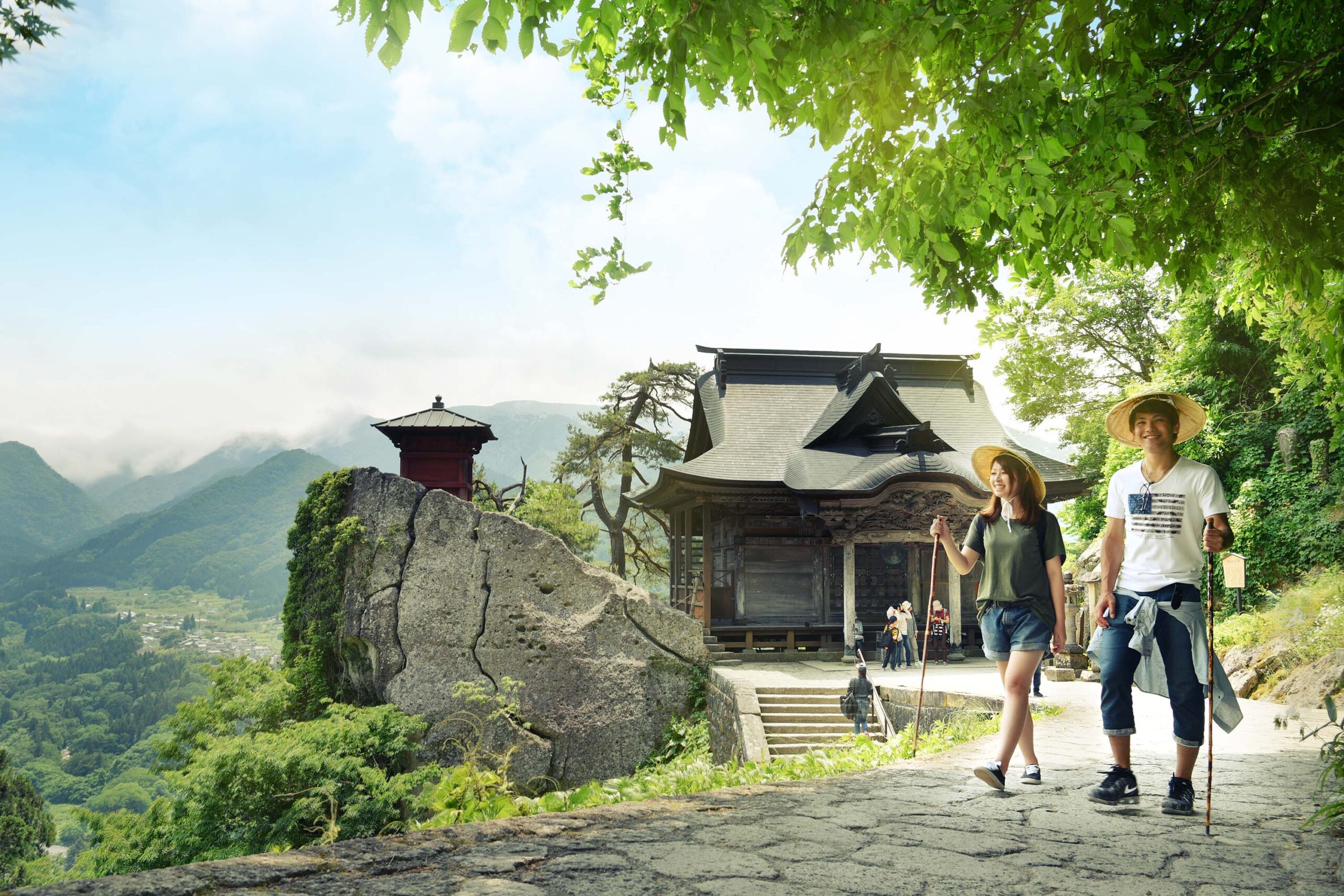
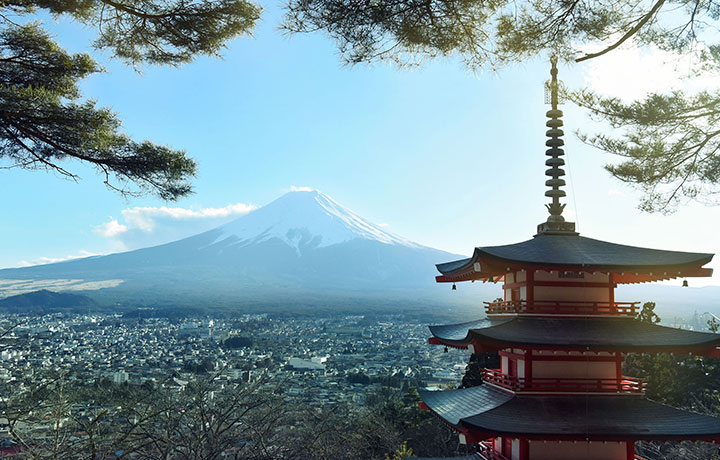
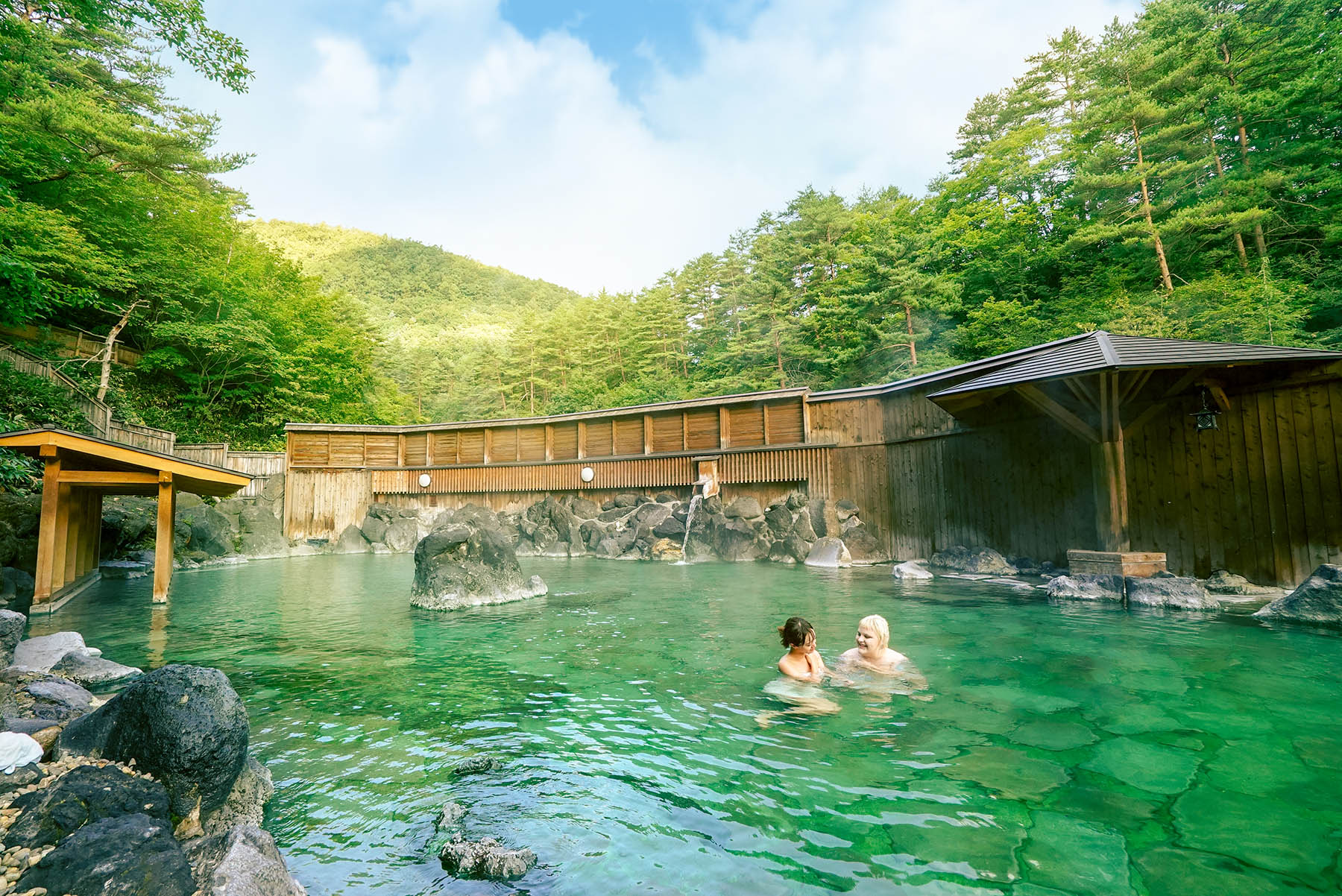
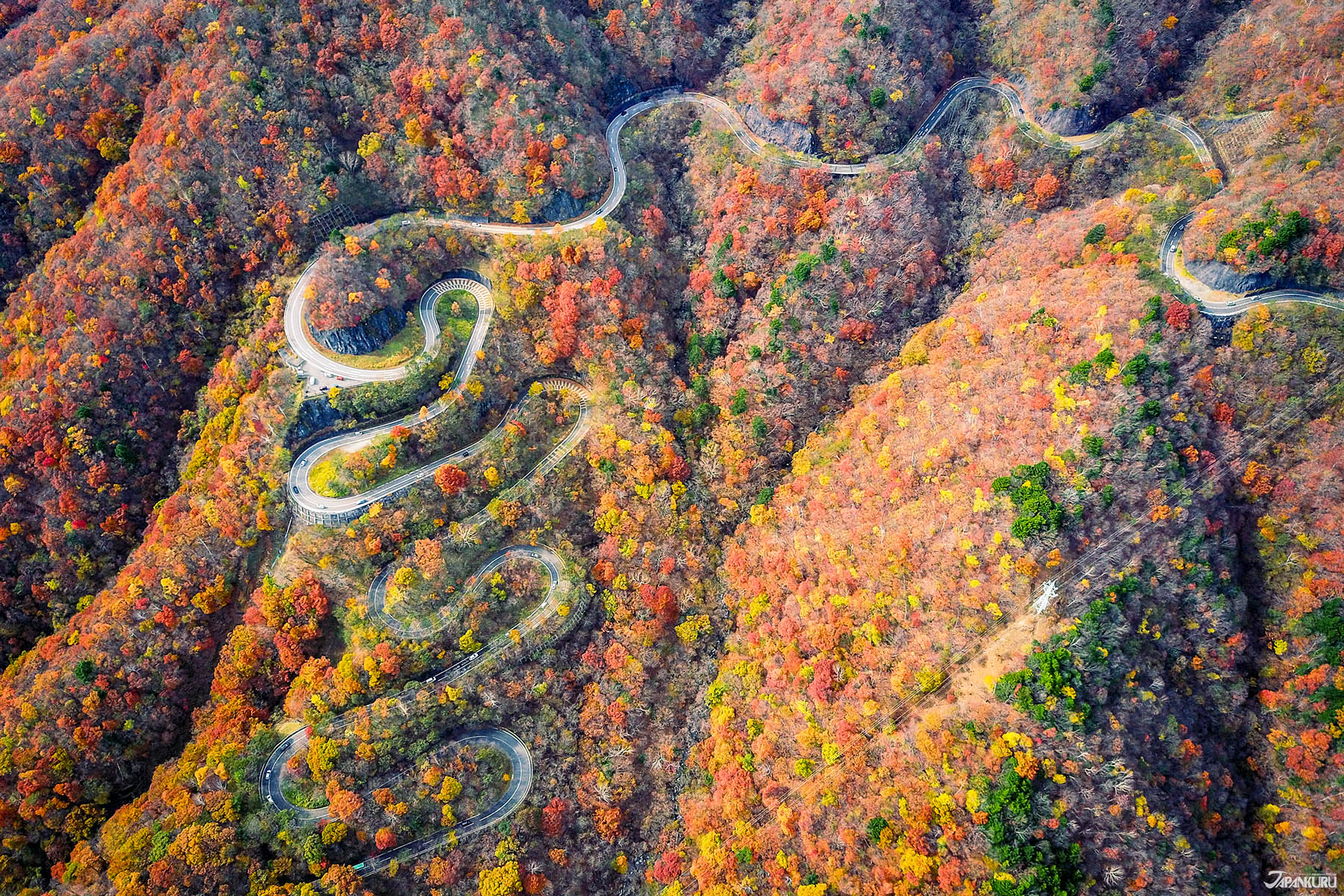
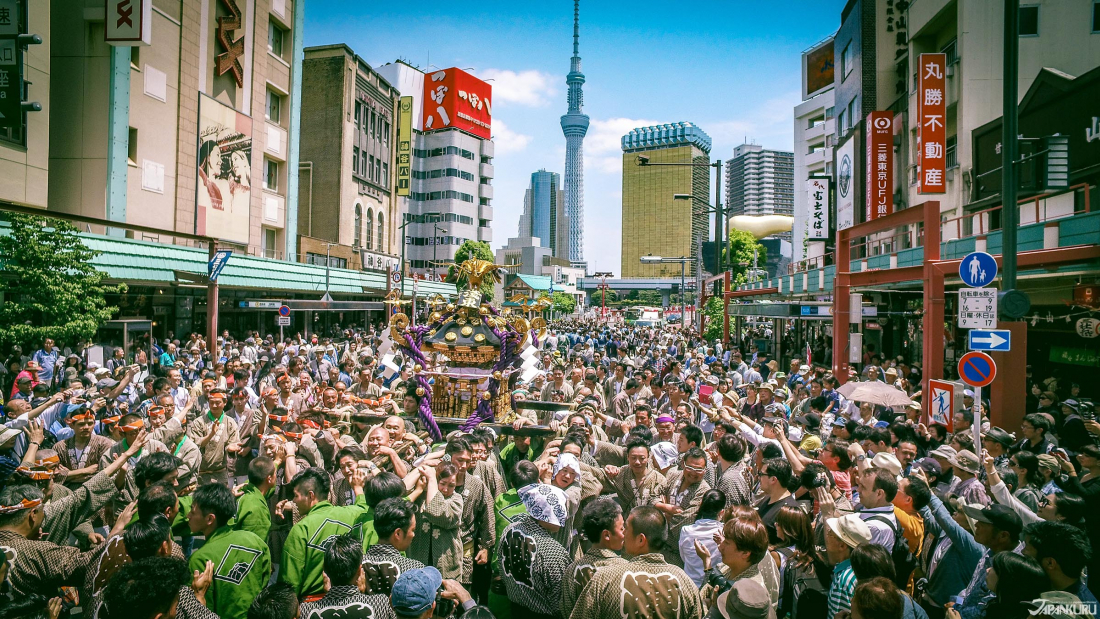
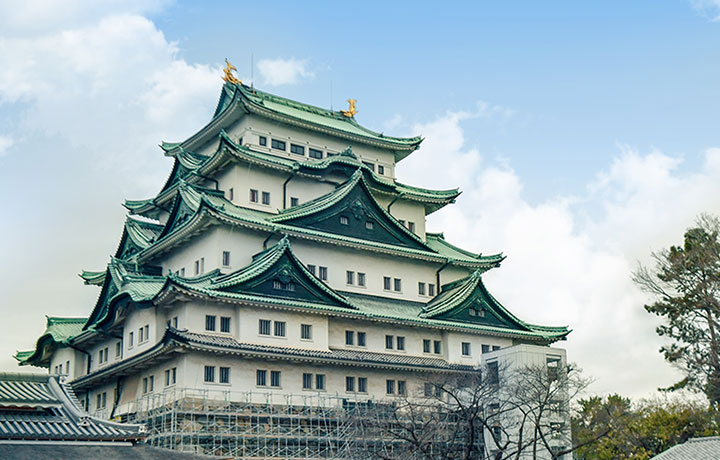
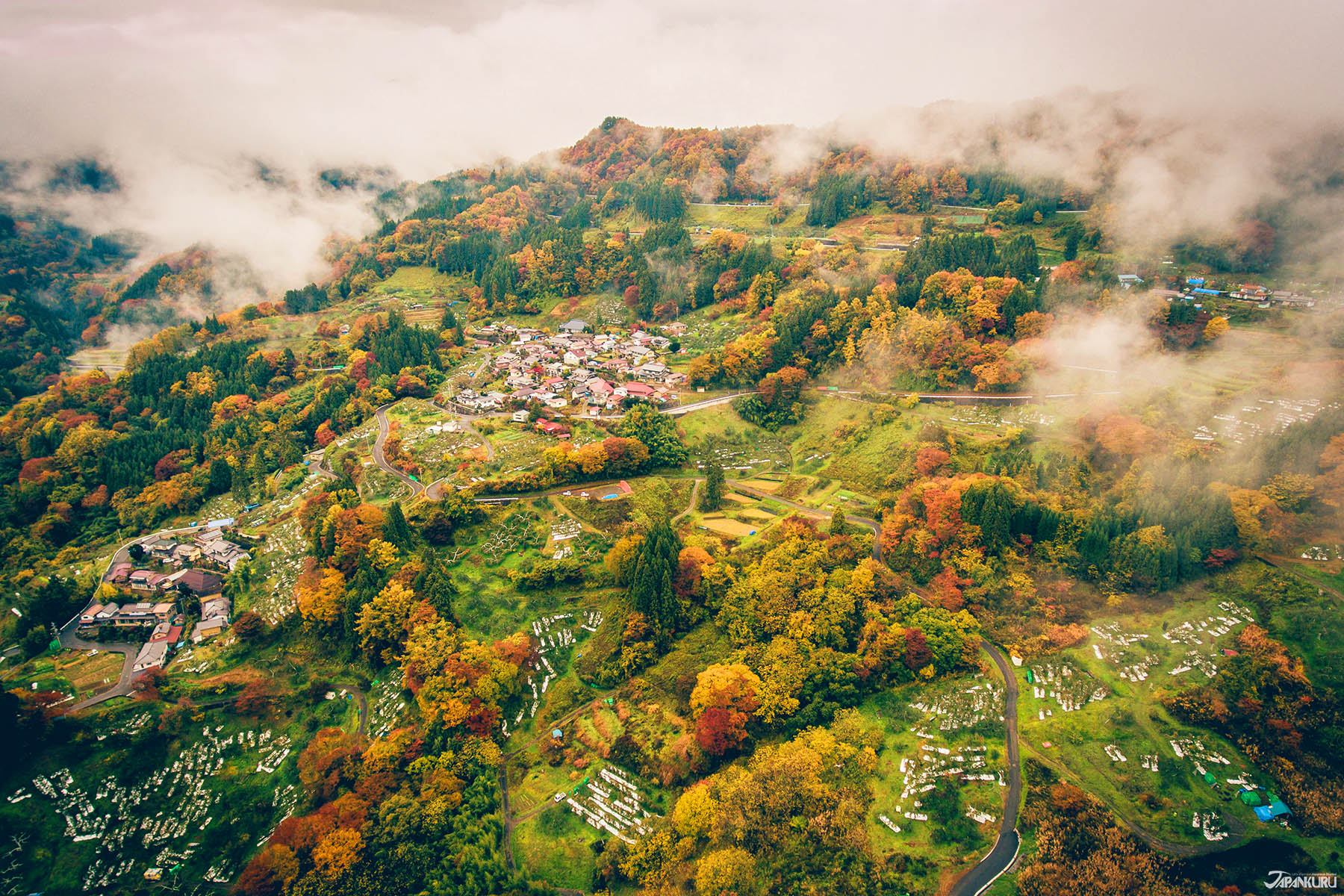
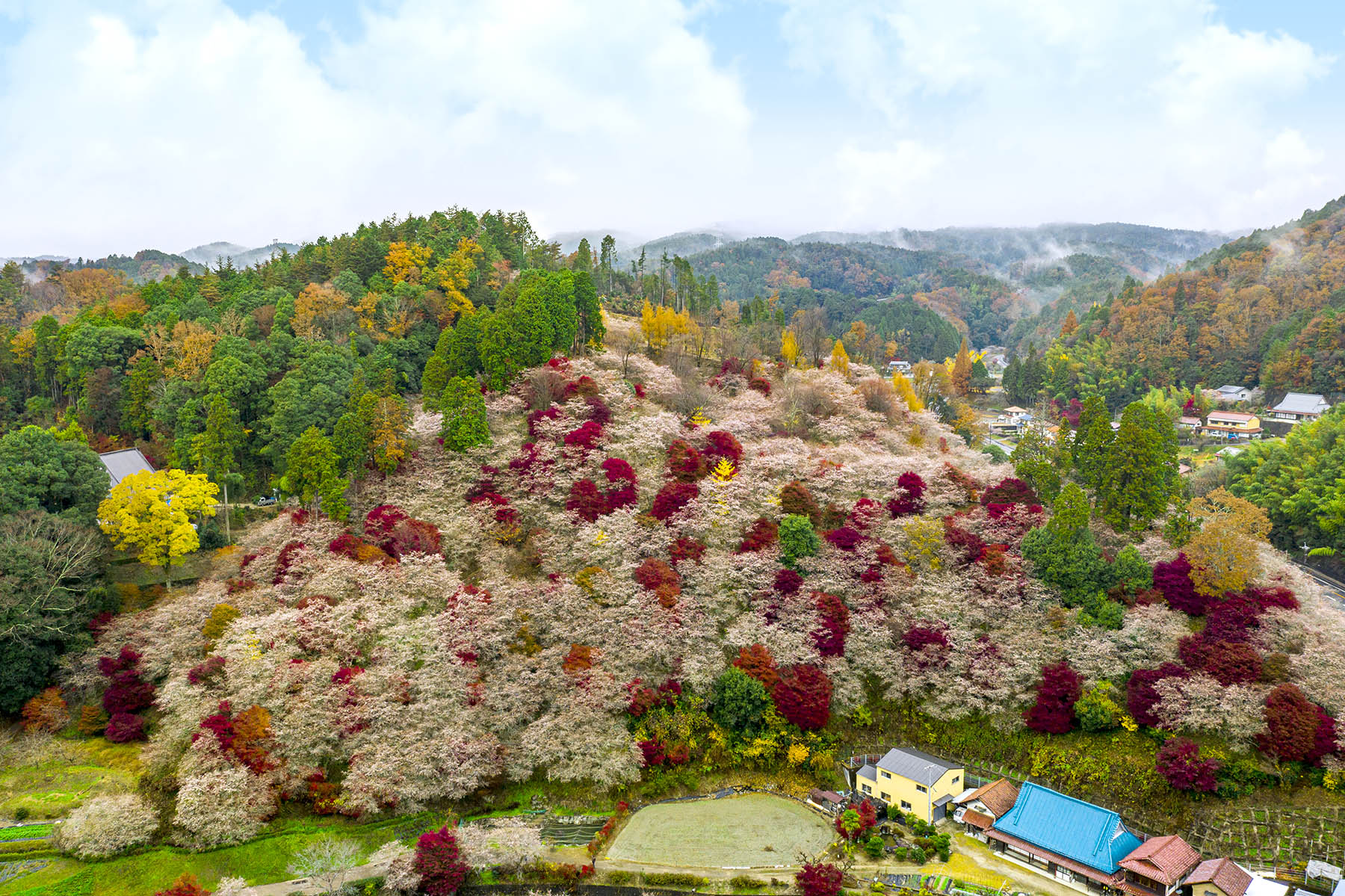
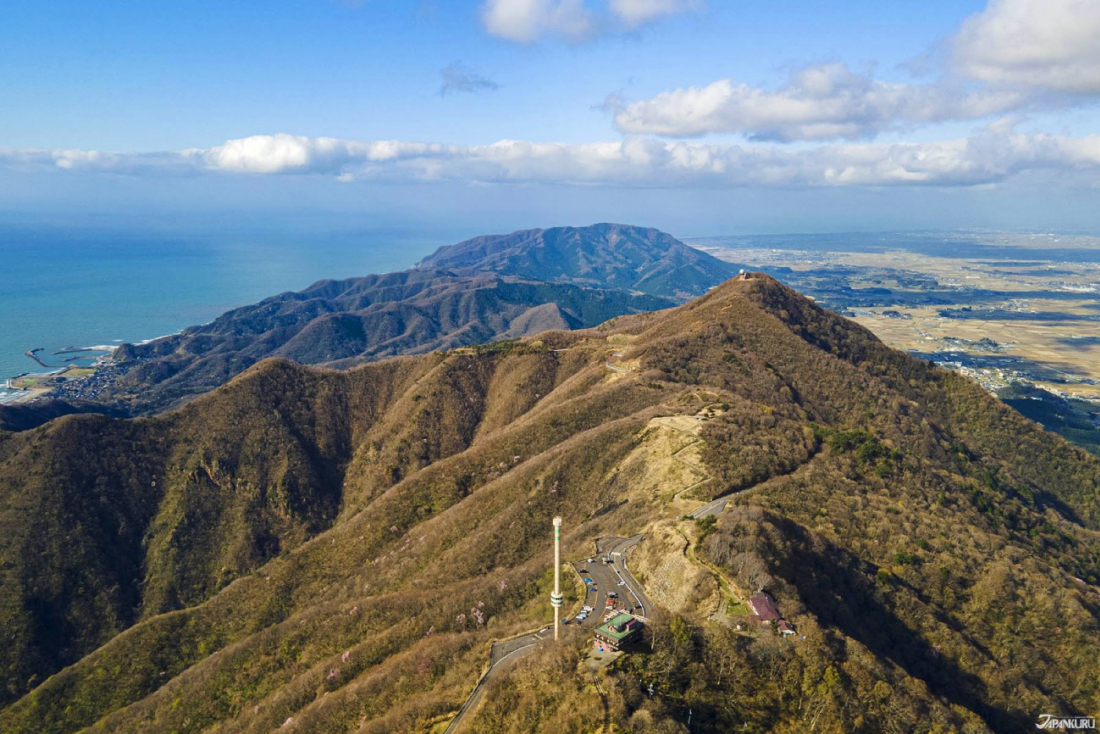
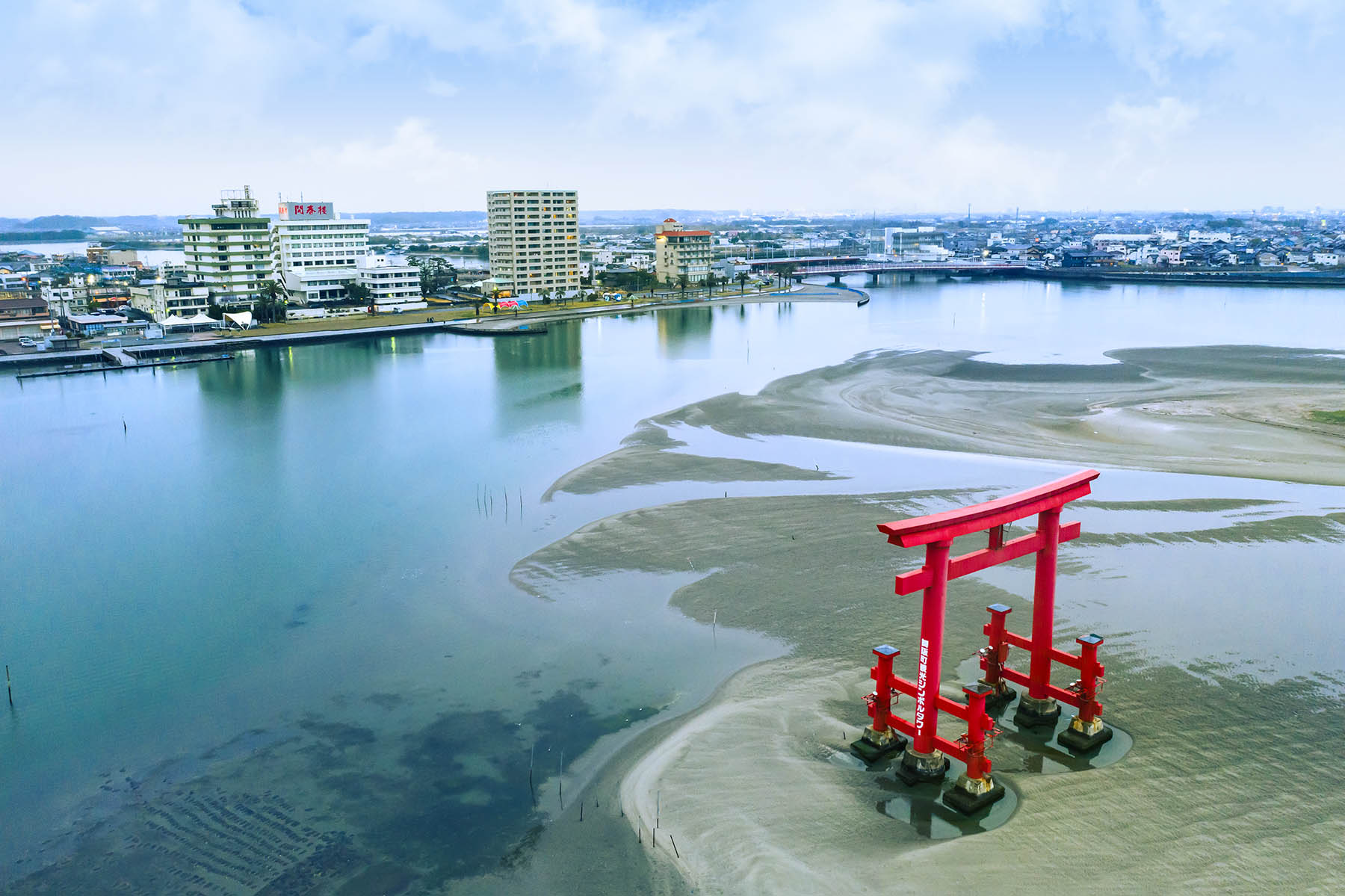
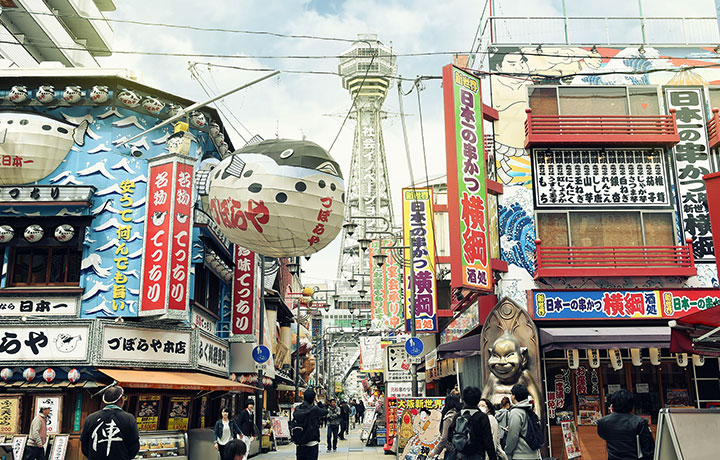

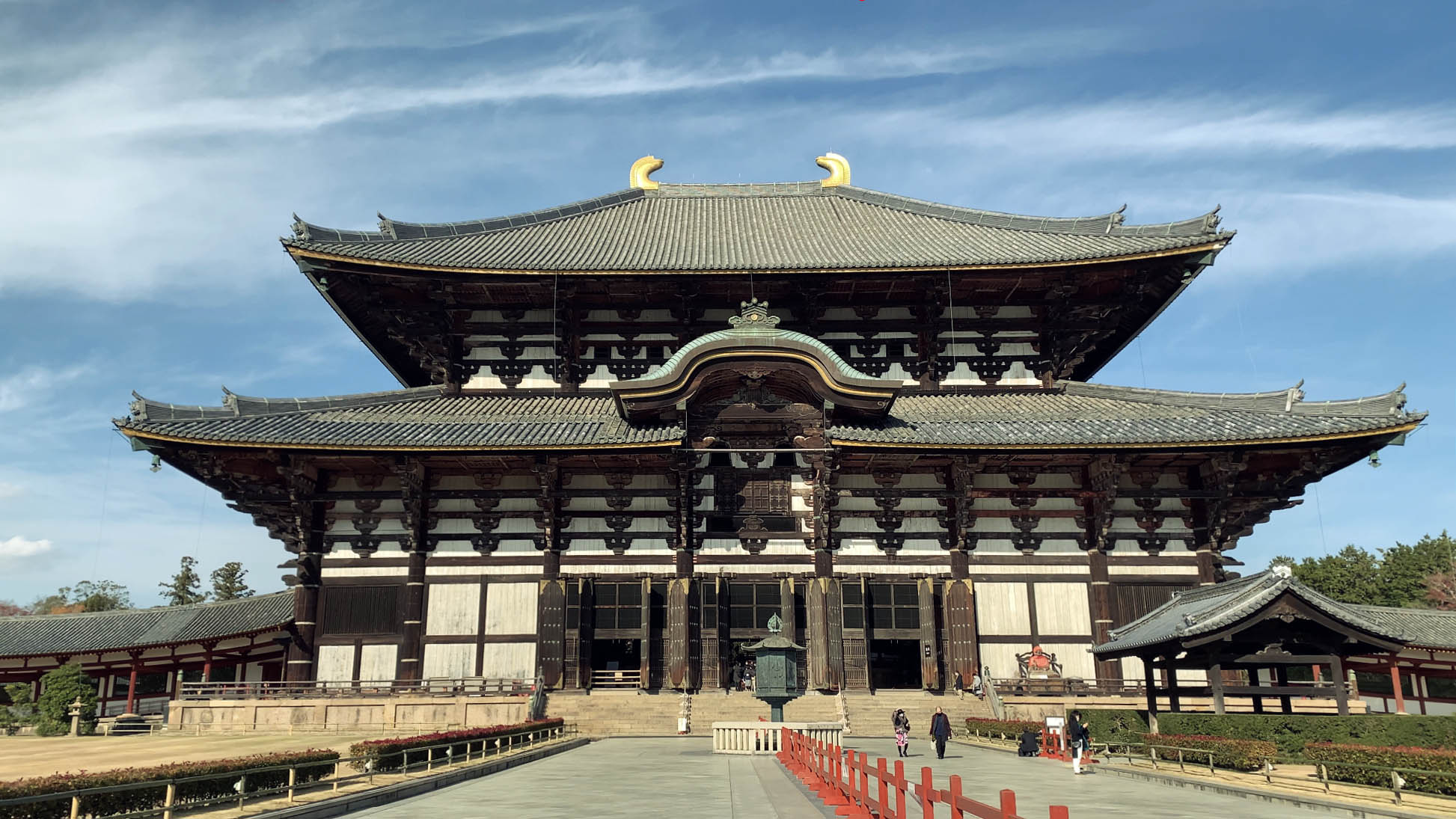
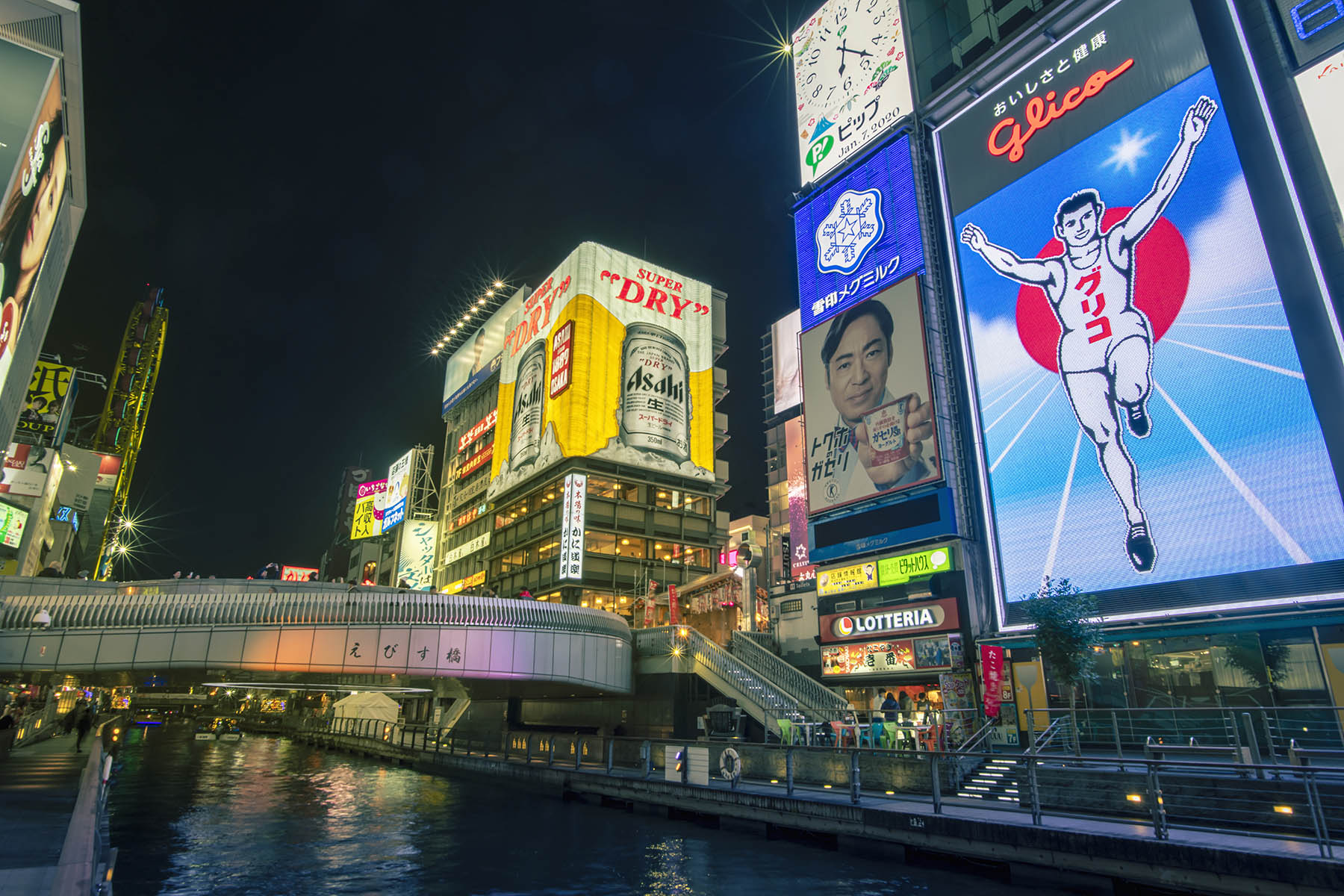

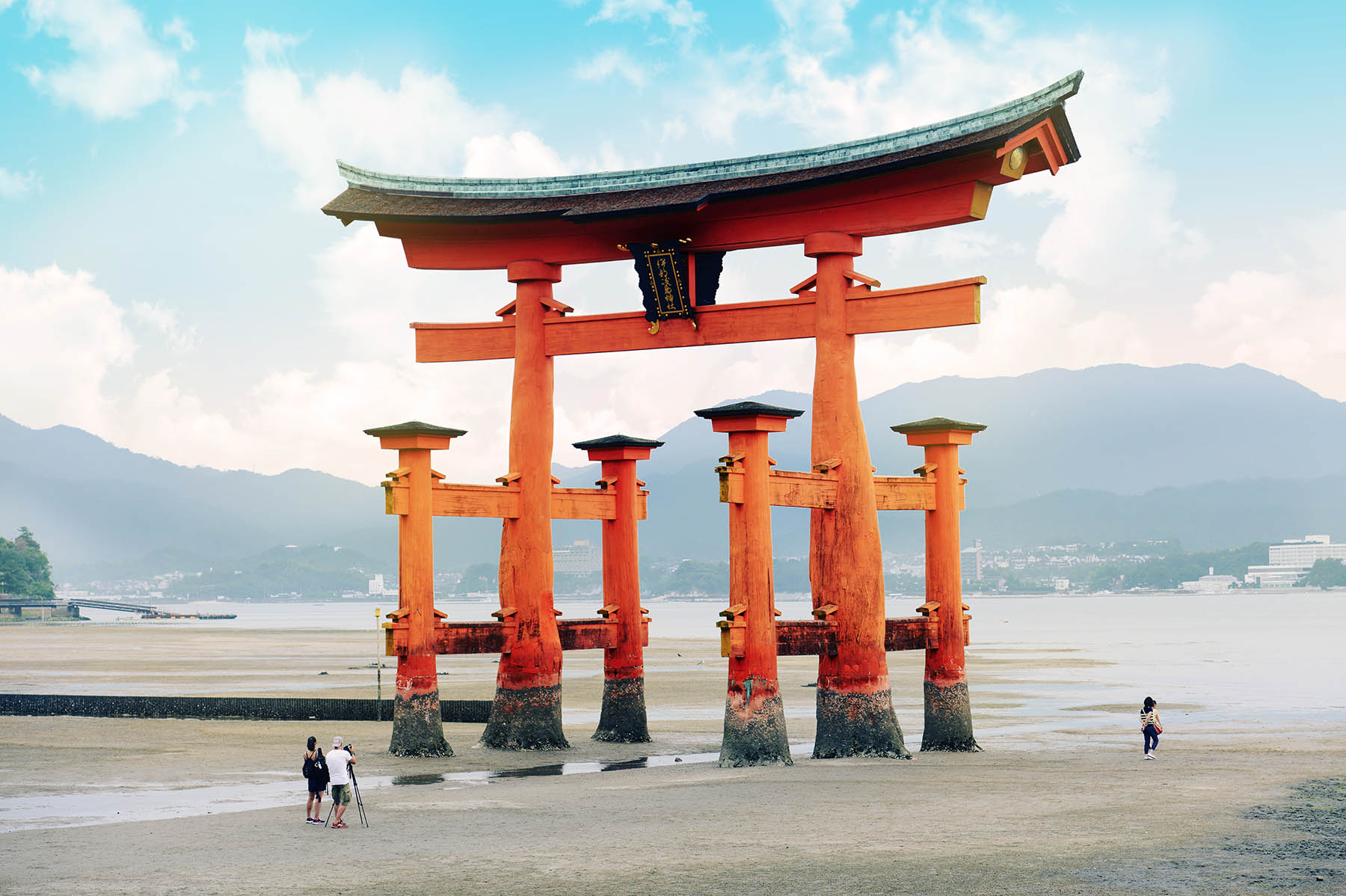
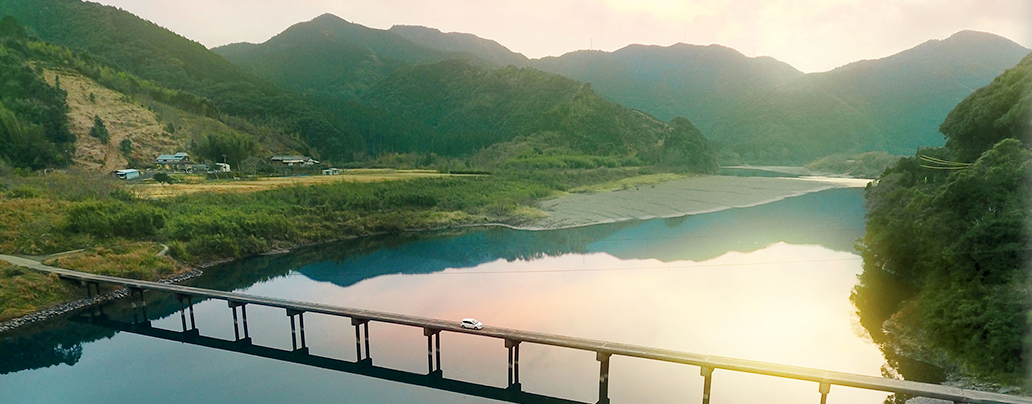
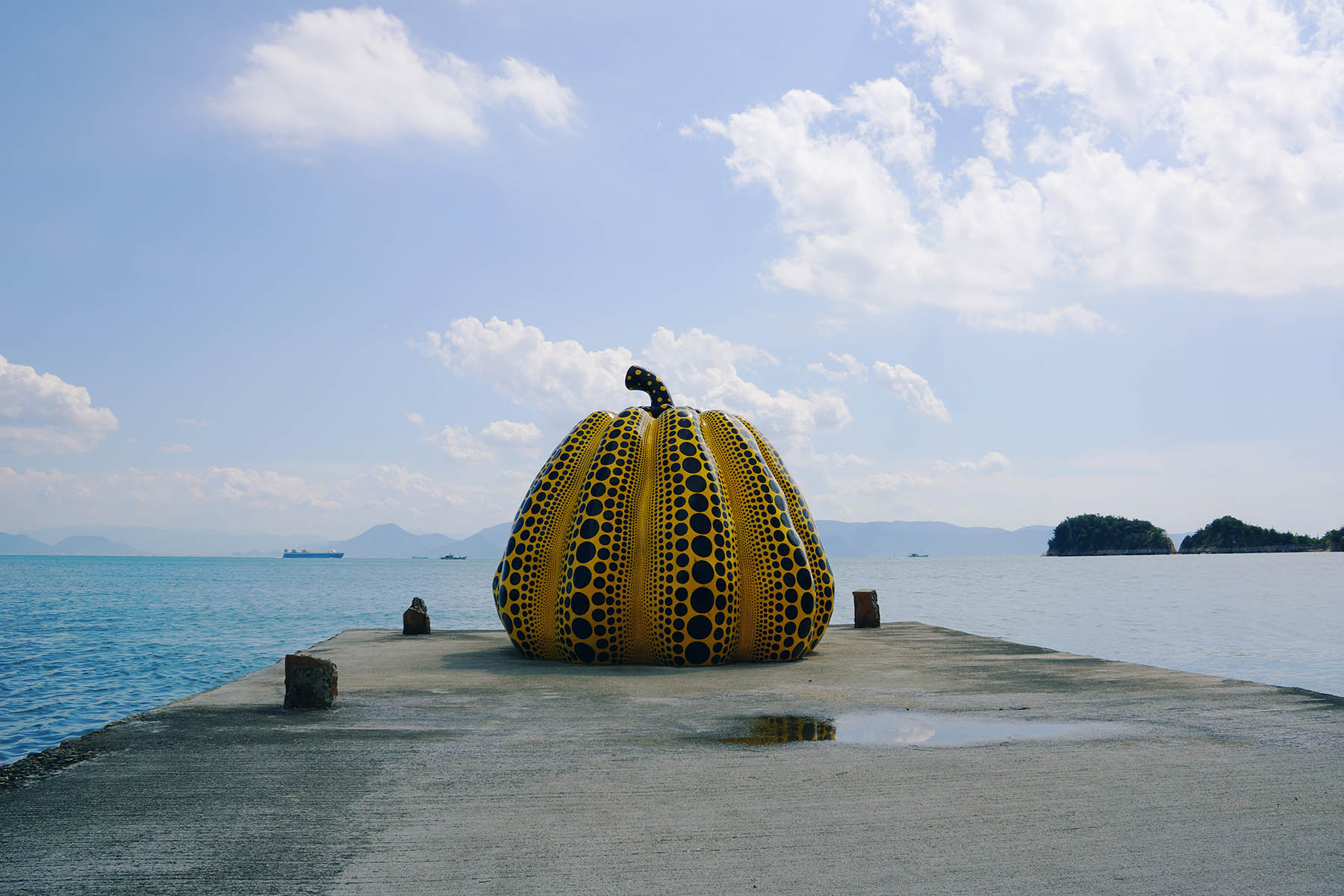

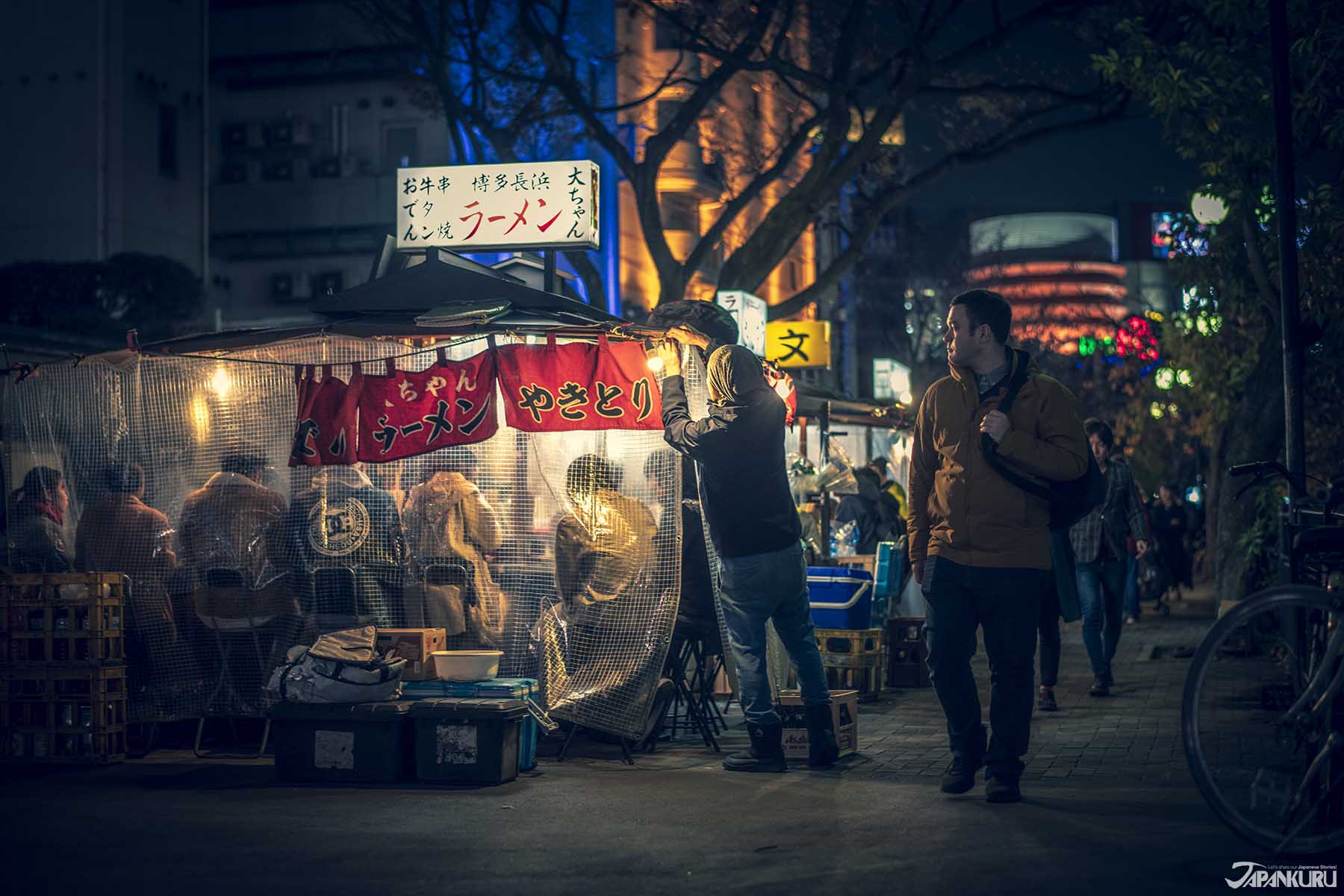
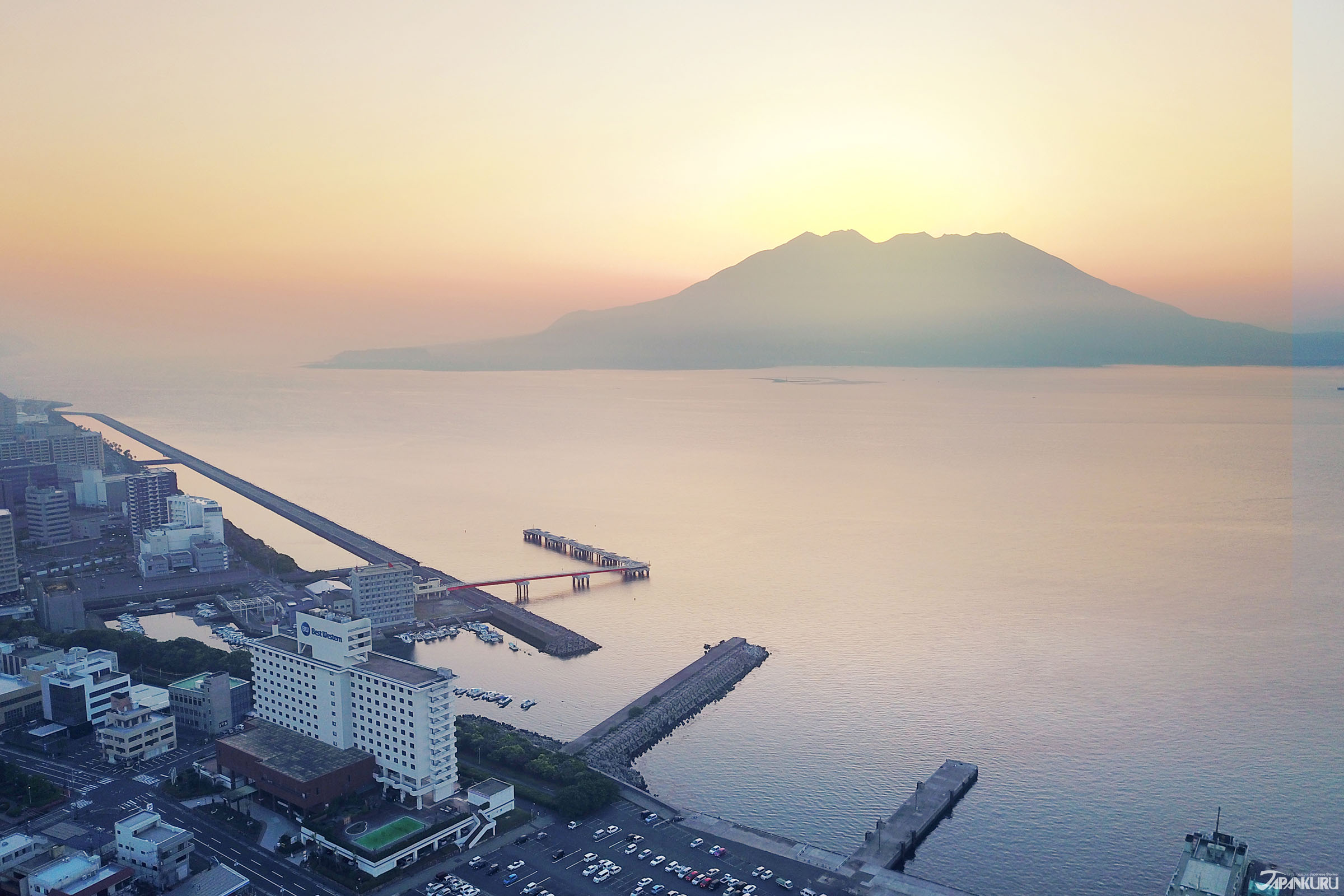
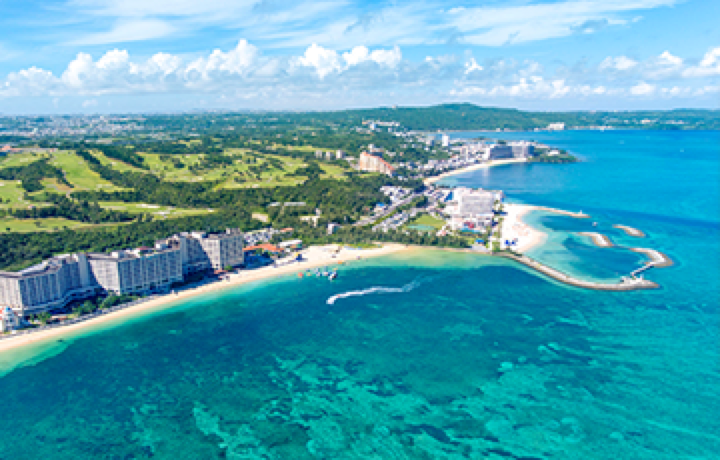



 Oita Hello Kitty Airport
Oita Hello Kitty Airport  Lands April 13th
Lands April 13th



